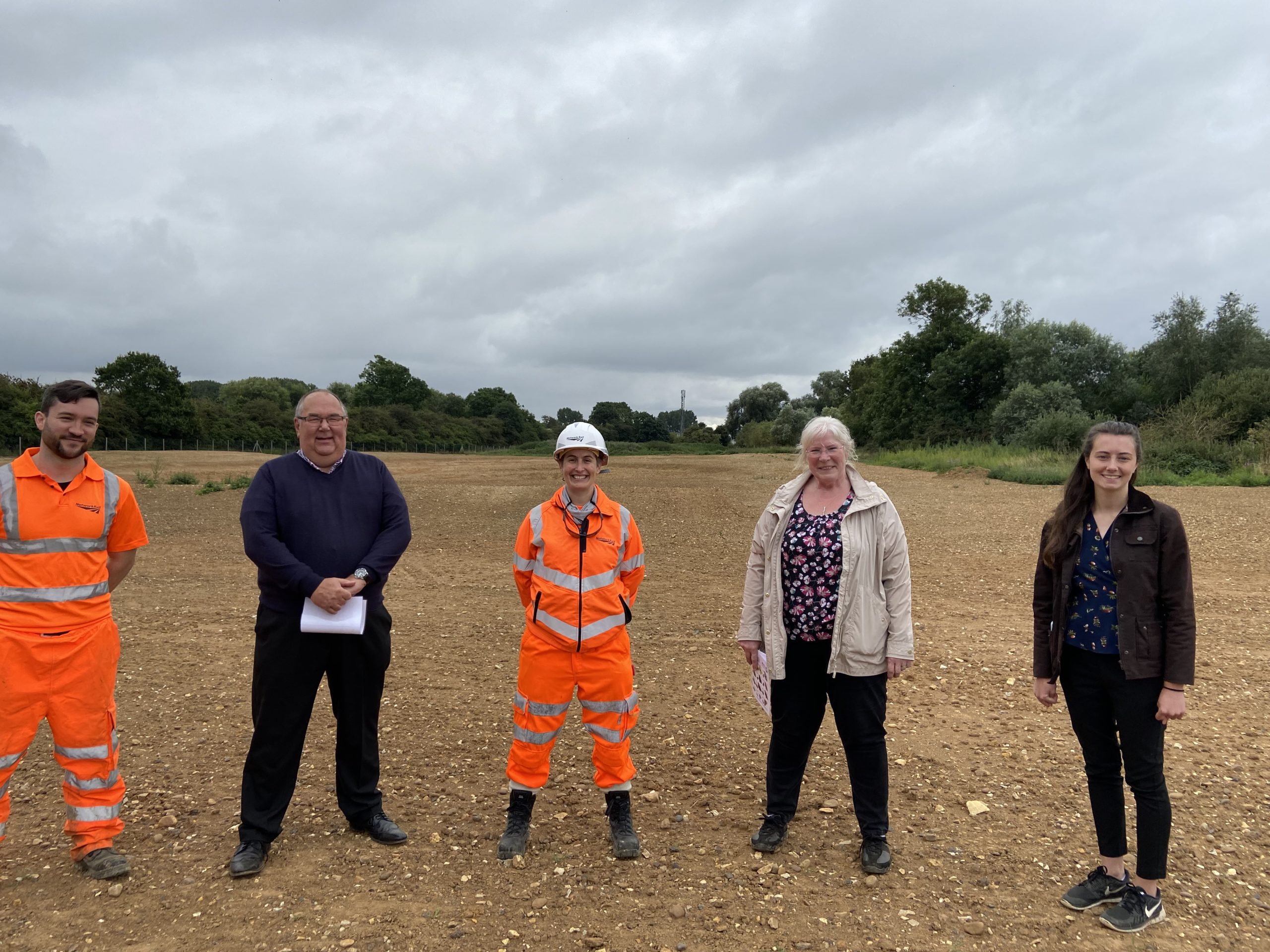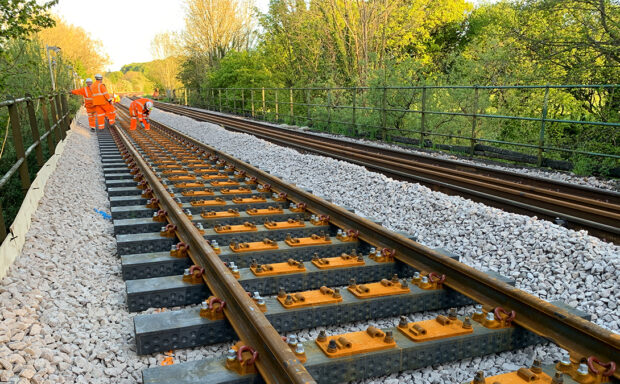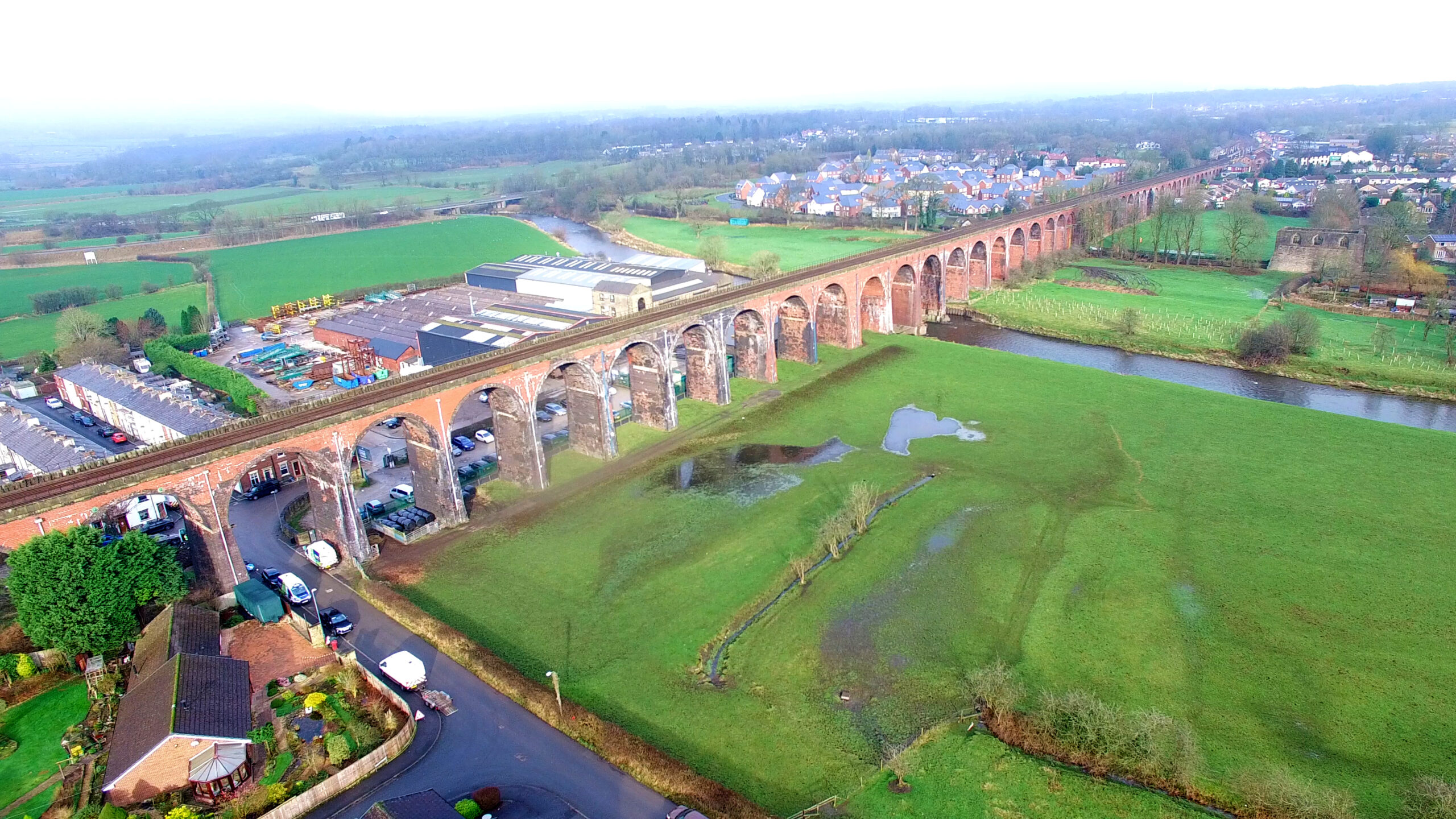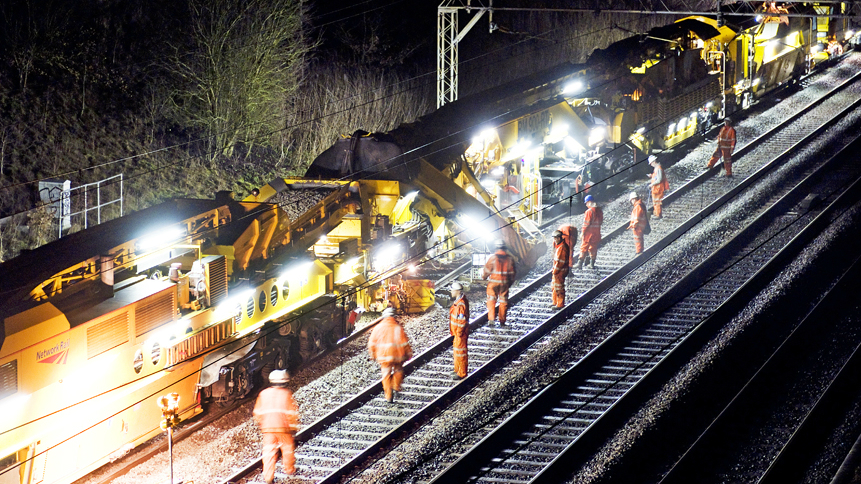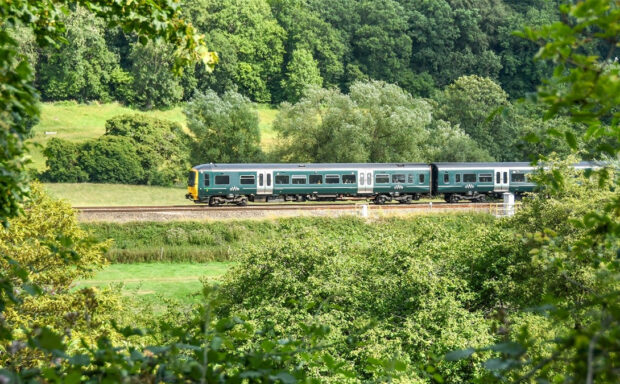Trackside Tara talks about her passion for a big biodiversity project, which will create a dedicated site to protect wildlife for years to come.
Tara Scott, a route infrastructure engineer in our Eastern region, is one of our most senior engineers. She’s championed an important and innovative project at a former railway works compound near Kettering in Northamptonshire that will help manage protected species.
Watch this video to find out more about this very special site in Finedon:
What’s happening in Finedon?
We’ve worked with contractor Amey and environmental specialist Freshwater Habitats Trust to transform this four-hectare site from a temporary work compound into an undisturbed wildlife habitat. We’d used it during electrification work as part of the £1.5bn upgrade to the Midland Main Line, which runs through Northamptonshire.
We worked together to develop the first specific habitat as part of this biodiversity project to manage protected species after the railway improvements completed in April.
The land will not be open to the public, meaning the animals and biodiversity will remain undisturbed and able to thrive.
Tara said: “As we carry out vital work to improve the railway, we are continuing to look for innovative ways to boost biodiversity. We were committed to turn this land in Finedon into an area for wildlife once we’d finished using it – and it’s great to see progress on our first new habitat.”
First, we moved about 40,000 tonnes of material off the site to allow teams to complete landscaping work in preparation for the new nature reserve.
Local businesses and another work compound are using the surplus material, meaning none of it has gone to landfill.
The site will contain ponds – which will be the right habitat for great crested newts – as well as grassland, wetland areas and open woodland. Trees and plants will attract birds, butterflies, and bees.
We carefully planned the electrification works to give you faster and more reliable services while increasing biodiversity and mitigating the impact the major work has on wildlife.
This commitment meant that instead of installing fencing and then moving any great crested newts from work sites, teams could protect their habitat by helping to increase their population.
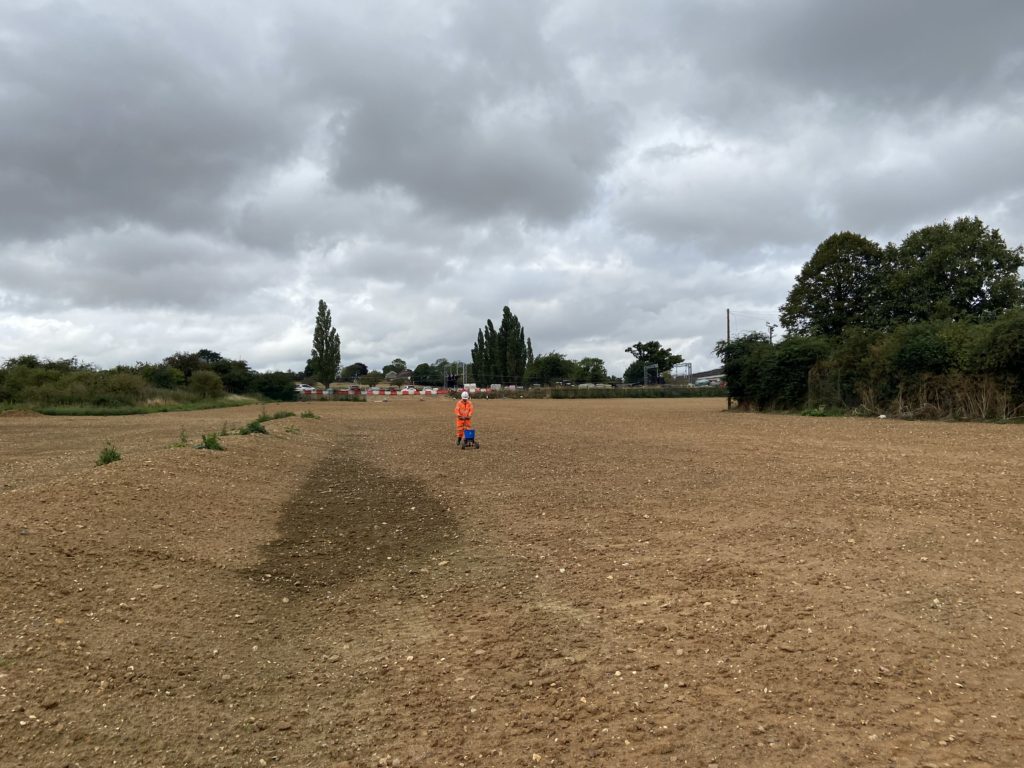
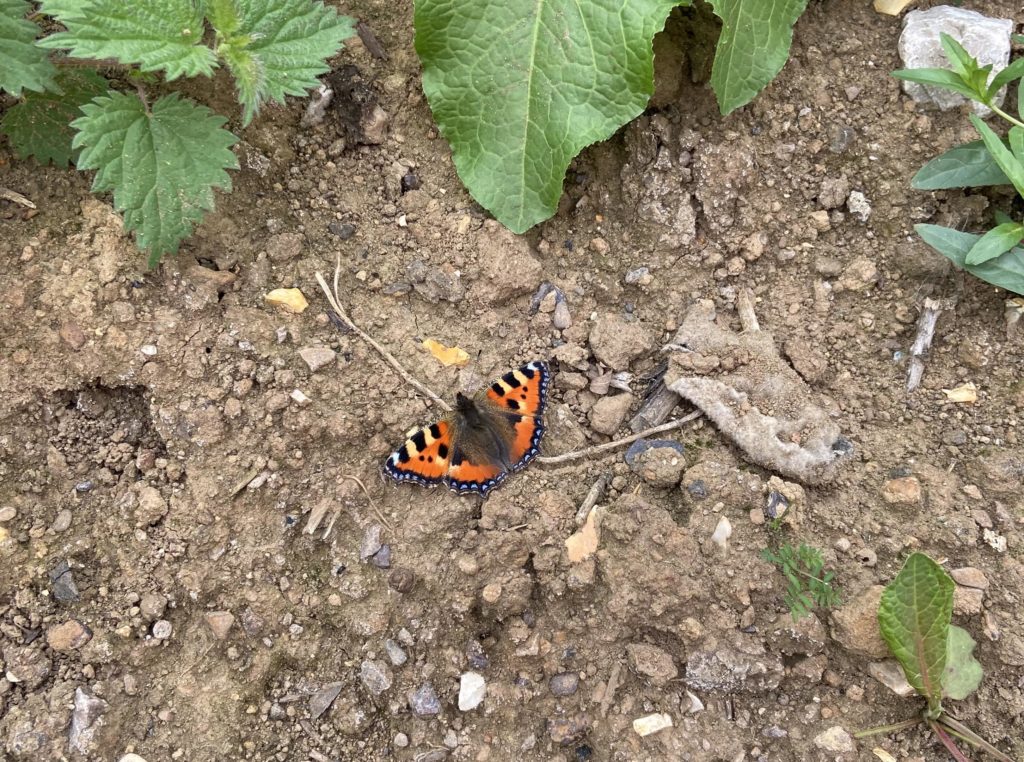
Michael Whitehead, principal environmentalist at Amey, said: “We have applied our environmental consulting expertise to create diverse ecological habitat, in support of Network Rail’s journey to biodiversity net gain.
“This project presents a strong example of sustainable thinking, with clear benefits to the local environment and neighbouring communities, as well as carbon reduction in the planned planting of trees and reuse of all clean engineering fill materials from the site.”
Councillor Harriet Pentland, North Northamptonshire Council’s executive member for Climate and Green Environment, said: “We are delighted to see this former compound site transformed into a pocket of wilderness, which is ideal for supporting an abundance of wildlife. Not only is this important for nature but it also helps to enrich our lives too.”
Great crested newts
In March, we became the first organisation in the country to sign a ground-breaking agreement designed to enable works while improving the natural habitat of the great crested newt.
Usually found in ponds, woodland or underground, essential railway works can sometimes impact this protected species. In the spring, we were granted a licence from Natural England – the government’s adviser for the natural environment – that ensured any newt habitat impacted by teams working on the Midland Main Line Upgrade were compensated for by new habitat creation.
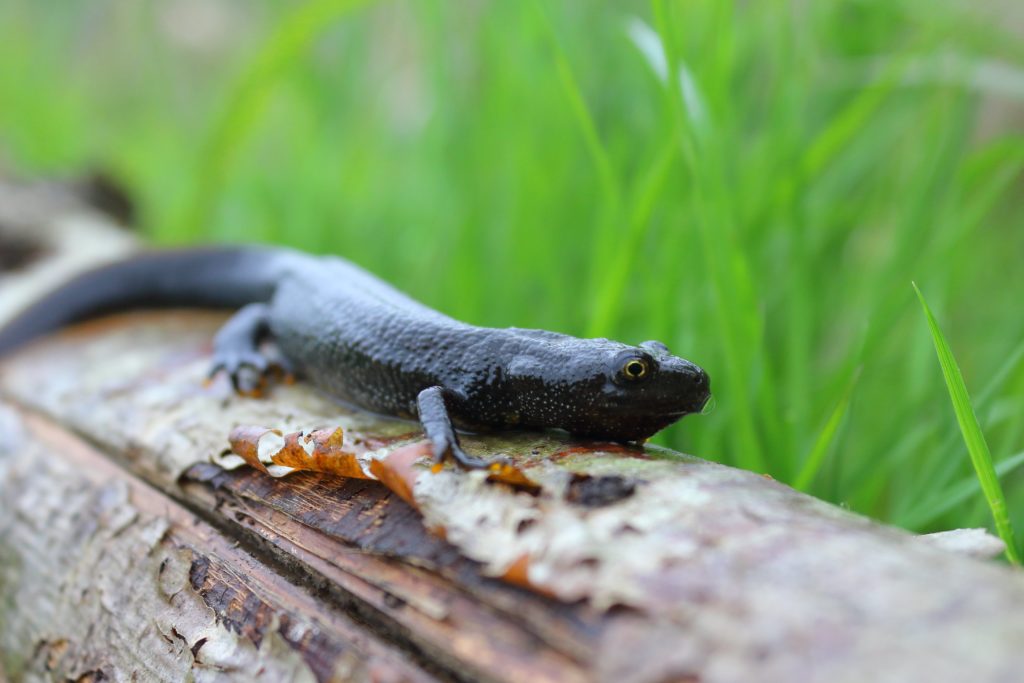
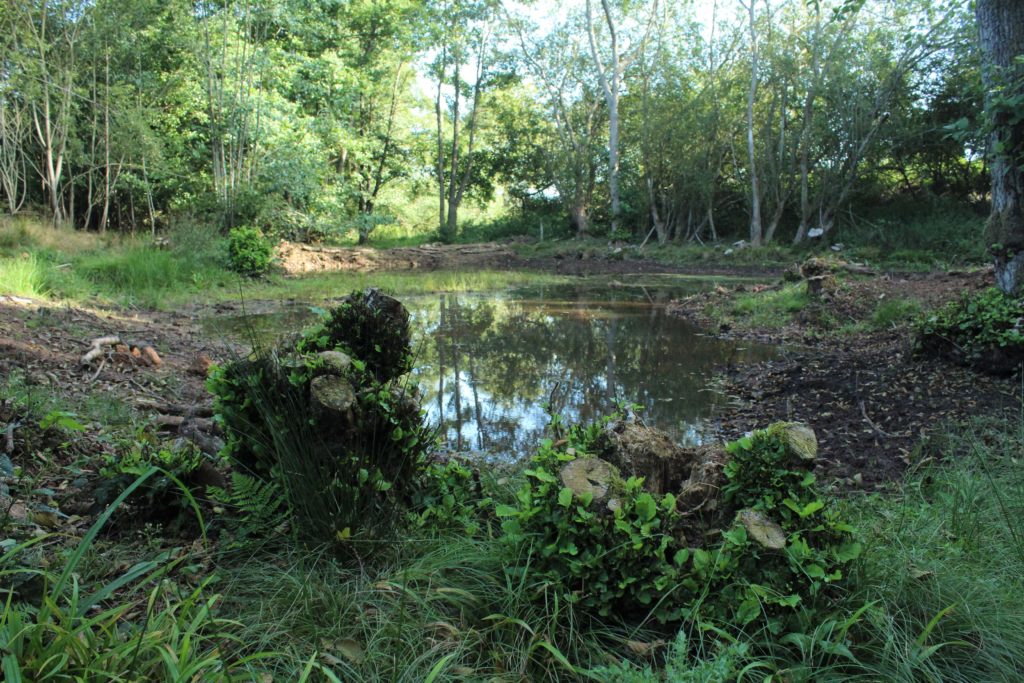
Biodiversity Action Plan
The project comes as we aim to make the railway even greener and improve our sustainability. Our Biodiversity Action Plan, published last year, is about land by the railway that’s managed sustainably for safety, performance, the environment, our customers and our neighbours who live by the railway.
It outlines our ambitions for our biodiversity assets, and how we intend to protect, manage and enhance their condition over the current five-year Network Rail funding cycle and beyond. This will require us to develop new skills and competencies in ecology and vegetation management, and apply these to decision-making at all levels of our organisation.
Read more:
Trackside Tara and 300 tonnes of concrete
Our commitment to helping biodiversity
Q and A with ecologist Nathaniel Legall
Network Rail sets world-first targets to combat global warming
Network Rail launches Environmental Sustainability Strategy
